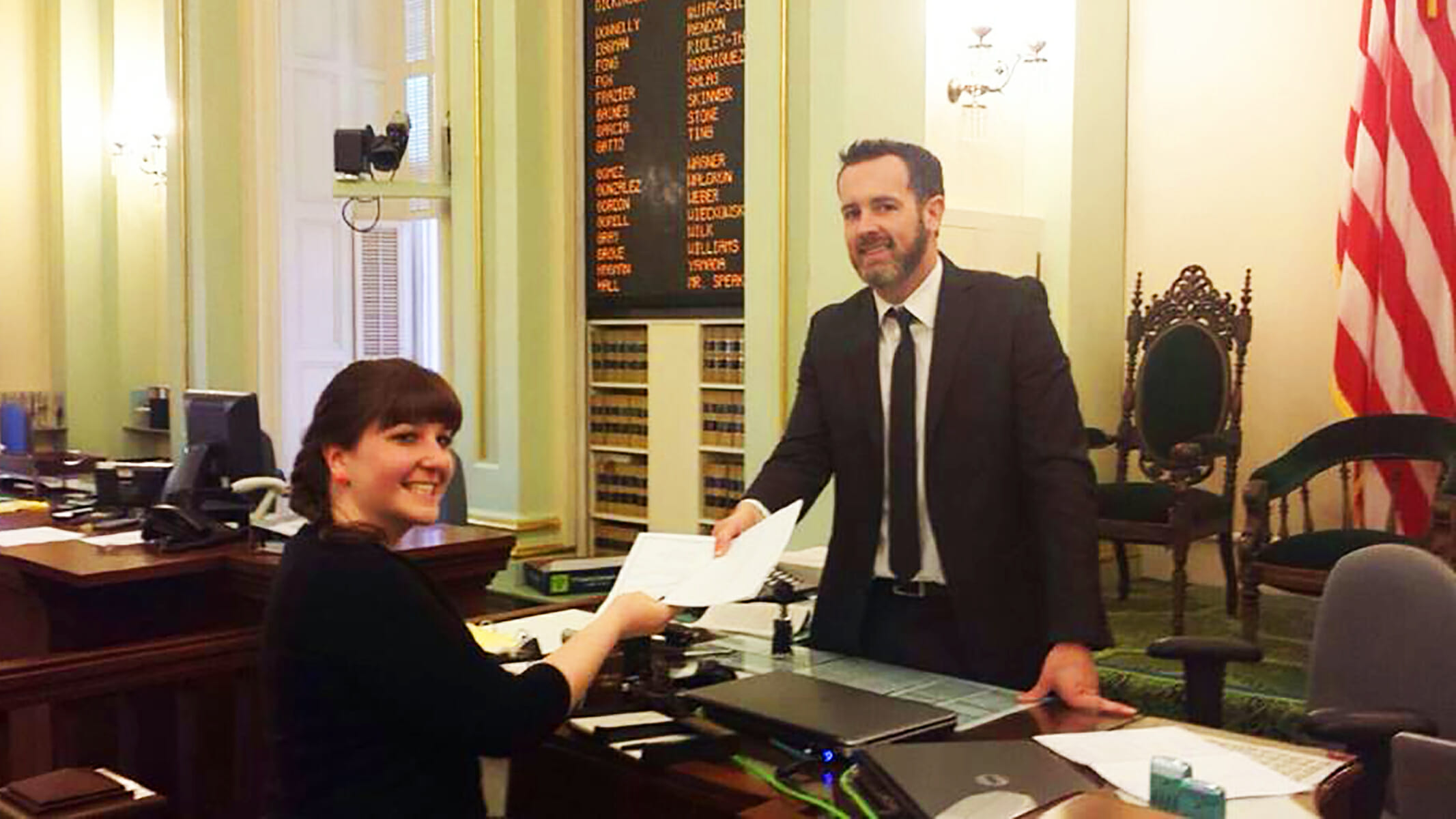CCST Project
Biomethane
COMPLETED: June 2018
Overview
Pursuant to AB 1900 (Gatto, Chapter 602, Statutes of 2012), Public Utilities Code §784 requires the California Public Utilities Commission (CPUC) to adopt common carrier pipeline access rules to "ensure that each gas corporation provides nondiscriminatory open access to its gas pipeline system to any party for the purposes of physically interconnecting with the gas pipeline system and effectuating the delivery of gas." The purpose of the law was to increase California's use of biomethane, thereby decreasing California's greenhouse gas emissions.
The CPUC made a series of decisions on how to implement AB 1900's directive to allow delivery of biomethane to the pipeline, two of which were as follows:
- To keep the minimum heating value (HV) for gas entering the pipelines of San Diego Gas and Electric (SDG&E) and Southern California Gas Company (SoCalGas) at 990 British thermal units per standard cubic foot (BTU/scf).
- To permit biomethane generators to blend biomethane with gases possessing a higher heating value before gas enters the pipeline, but to prohibit downstream blending.
Project Description
Biomethane generated by landfills, sewage treatment plants, and dairies typically has a heating value below 990 BTU/scf. To meet the standard of 990 BTU/scf, biomethane would need to undergo an upgrading process, such as blending with a gas source of a higher heating value. Upstream upgrading costs would be borne by the biomethane generator prior to injection into the pipeline system.
The CPUC decision noted a number of items where there was insufficient evidence presented to justify altering their heating value standard; e.g. they note a lack of scientific evidence that lowering the heating value will not cause end use equipment problems, and that the policies of other states is not in itself evidence that such a change would not cause problems.
Seeking to obtain a more thorough review of the scientific information available, the CPUC requested CCST to undertake a study in accordance with SB 840 (Budget Bill, 2016). The purpose of the study was to provide the state with an up-to- date, independent assessment of the minimum heating value and the maximum siloxanes content of biomethane before it can be injected into the pipeline.
The CCST report conducted an independent scientific assessment of the minimum heating value and maximum siloxane specification for the delivery of biomethane to public gas pipelines. The purpose of the study was to examine the impacts to cost, volume of biomethane sold, equipment operation, and safety. The assessment included an evaluation of other states' standards, the source of biomethane, the dilution of biomethane after it is injected into the pipeline, and the equipment and technology upgrades required to meet the specifications. Recommendations to public policy makers were made where appropriate.
The study scope of work was organized into five key subject areas:
- Chapter 1: Heating Value Specification for Pipeline Injection of Biomethane
- Chapter 2: Siloxane Specifications for Pipeline Injection of Biomethane
- Chapter 3: Options for Purification and Upgrading Biomethane's Heating Value
- Chapter 4: Case Studies on Region-Specific and Utility-Specific Considerations
- Chapter 5: Summary and Future Directions
CCST established an interdisciplinary steering committee to oversee the effort that included experts in technical areas relevant to biomethane injection into the pipeline system in California. Dr. James Sweeney served as the chair for the project and Stanford University was the primary research institution supporting CCST in writing the report. CCST delivered the final report following peer review to the CPUC in June 2018 as required by SB 840 (2016).
This study was conducted as a synthesis of existing publically available data including the results of many currently on-going or recently related studies, protocols and proposed regulations. The study included an assessment of data adequacy and limitations posed by time constraints.





